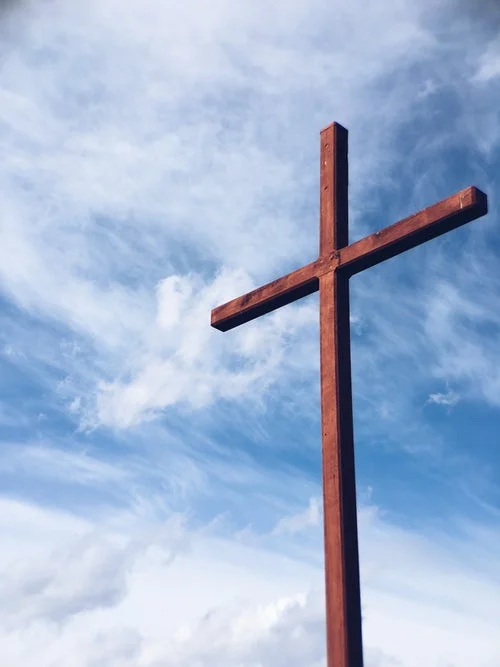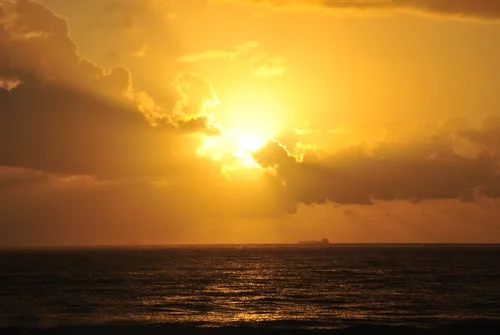As tragic as the loss of the perfection of Eden was, as redeeming as Gethsemane and Golgotha were, as eternal as the garden party in heaven will be, today we live in the garden we are planted in ladies. How best to bloom where God planted me, I ask.
All in Jesus
Life in the Gardens of God: redeemed life
As you well know ladies, the enticing bouquet of the fruit of the tree of the knowledge of good and evil was too much for the happy pair in Eden, once that crafty snake got his way. So God drove the two out, placing a guard on the gate to keep them from the tree of life (Genesis 3:22-24). Purity had lost to desire.
Of Redwoods and Rivers and Sand Dunes
Time for a hike today, ladies. Lady Bird Johnson Grove beckons. In June, or so the park ranger tells us, the rhododendrons are in beautiful bloom. Today we are amazed by all the lush ferns carpeting the forest floor. The trail through the tropical rainforest proves to be extremely refreshing. Some of the old redwoods are monstrous. So are the fallen logs and stumps, purposefully left au naturel by the park service, to do their thing—shoot sprouts of new growth up to the sun. I am intrigued.
Of Redwoods and Rivers and Sand Dunes
Hop aboard, ladies. We’re taking a ride up the Oregon coast this week to see some amazing sights in God’s creation. First stop, a touch of grandeur in Redwood National Park. The California or coastal redwood, scientific name sequoia sempervirens, grows only in a narrow strip of land from northern California through Oregon, close to the coast yet not too close as it doesn’t like salt spray. Plentiful rainfall and summer fog of the region are just what they need—fog drip accounts for 30% of the yearly water supply. The “redwood” name comes from a bright red, fibrous bark when freshly exposed. They boast the tallest—Hyperion, at 379’—but cannot match the 102’ girth of the General Sherman, a non-related sequoiadendron giganteum in the Sierra Nevadas.*
Destiny: Where Am I Headed After I Die?
We’ve come full circle from the dust of creation to the “ashes to ashes, dust to dust” of death (Genesis 3:19). One for one we die, that much is certain. Inevitably then, the final big question will hang in the air: where am I headed after I die?
Morality: How Do I Know Right from Wrong?
Ladies, all the answers to the big questions seem to radiate out from my God belief. Certainly that is true about the moral question: how does one know right from wrong? Standing on God’s truth gives the believer solid footing, compared with the slippery slope of the flat-out untruths and half-truths of secular insight.
And Jesus said, “I Am” … the true vine
The deliberate “I am” metaphors in John culminate in a peek at the Jesus who not only provides life and light, but who produces fruit in those who believe in Him while they are still on earth.
And Jesus said, “I Am” … life, forevermore
Jesus’ “I am the gate”, and “I am the good shepherd” metaphors bewildered His listeners. At the Feast of Dedication (Hanukkah) their questions continued: “If you are the Christ, tell us plainly” (John 10:24). Again they tried to stone Him, and again He slipped away, across the Jordan, where many believed (10:31-42). He was there when news came that His friend Lazarus was sick.
And Jesus said, “I Am” … life, to the full
The Pharisees bombarded the “light of the world” with questions, in total denial of His “I am” claims. When Jesus stated, “before Abraham was born, I am!”…they picked up stones to stone him (John 8:58-59). They knew He was claiming to be God; but it was not yet His time so He slipped away, continuing on to heal a man born blind. The man believed and worshipped Jesus; the Pharisees remained in their sin (9:1-41).
And Jesus said, “I Am” … your sustenance, and your light
The crowd by the Sea of Galilee was mystified. First, they had been fed well the previous evening, all 5000 plus of them, from “five small barley loaves and two small fish” (John 6:9). Then Jesus had sailed across the lake without a boat—how in the world (6:22)? Miracles were foremost on their minds. Give us more they said, manna for this day too, "bread from heaven”, so we can believe you were really sent by God (6:29-31).
And Jesus said, “I Am” … the Messiah, called Christ
Imagine the surprise of the Samaritan woman when Jesus talked to her by Jacob’s well that day, for Jews do not associate with Samaritans (John 4:9). When He told her He had living water to offer, “a spring of water welling up to eternal life” (4:14), she was intrigued. That He knew about her five husbands, and that “the man you now have is not your husband” (4:18), she saw He was a prophet. When He revealed that “salvation is from the Jews” (4:22), she indicated she was aware of the expected Messiah who would make all things clear.
Chosen and Precious, But Rejected
How much further could it be? How could I be so foolish as to wander off on my own?
I was lost and fearful in the heart of Washington, D.C. My mission that afternoon was to walk from my work conference to The National Cathedral.
Thrive!
As I read this verse in Ezekiel, I thought, Wait a minute. No one takes a shoot from the top of a tree and plants it. The shoot would surely die! Yet, God declares, On the mountain heights of Israel I will plant it; it will produce branches and bear fruit and become a splendid cedar. Birds of every kind will nest in it; they will find shelter in the shade of its branches (Ezekiel 22:23).
The Simple Things: Fruitfulness
A stroll through the familiar vineyard of John 15 today, ladies, should refresh our sense of the simplicity of life in Jesus.
The Simple Things: Remain
Perhaps you have heard of the My One Word experiment, designed by Mike Ashcraft and Rachel Olsen to encourage you to live—really live—by the word you pick for the year. Well, look no further. In the first ten verses of John 15 Jesus uses the word remain eleven times, in multiple combinations of: remain in me and I will remain in you; remain in my love; let my words remain in you. Seems to me ladies, we need to take the hint from Jesus and remain in Him.
The Simple Things: Grace
In 1948 A.W. Tozer (1897-1963) wrote in his classic, The Pursuit of God: “Every age has its own characteristics. Right now we are in an age of religious complexity. The simplicity which is in Christ is rarely found among us.” Imagine how Tozer would feel if he were alive today. Nothing is simple--our schedules are loaded, our deadlines frantic, and the world distracts, not to mention the complexities of the “religious”.
Messages from God
With these words a 400-year silence of God was broken. Zechariah received God’s message from the angel, Gabriel, who announced the birth of a son filled with the Holy Spirit. He would be used of God to prepare the way for the Lord. Another message came from Gabriel shortly thereafter. He proclaimed to the virgin Mary that she would give birth to the Son of God.
Leaving your Legacy . . . Proclaim the Gospel
Sensing this is his final letter, Paul sets out with even more than his usual fervor to impress upon Timothy the details of his calling. Not a word is wasted: preach the Word; or as the Message translation says: proclaim the Message with intensity.
Divine Mystery . . . the treasures of wisdom and knowledge
Ladies, one more clue to follow this week as we unravel divine mystery. We are on our way to experiencing the full riches of complete understanding that Paul wishes for us. Knowing Christ is the essential element—Christ the divine, the reality; Christ in you, the hope of glory. It’s in Christ that all the treasures of wisdom and knowledge are hidden. Let’s do a little digging.
Divine Mystery . . . Christ in you
Ah, and so the riches of the mystery unfolds ladies: Christ in you, the hope of glory! God can be God, Jesus divine; but if you don’t personally unwrap the clues of the incarnation, a perfect life, brutal suffering, death on the cross, the resurrection, think of what richness you will miss out on.




















